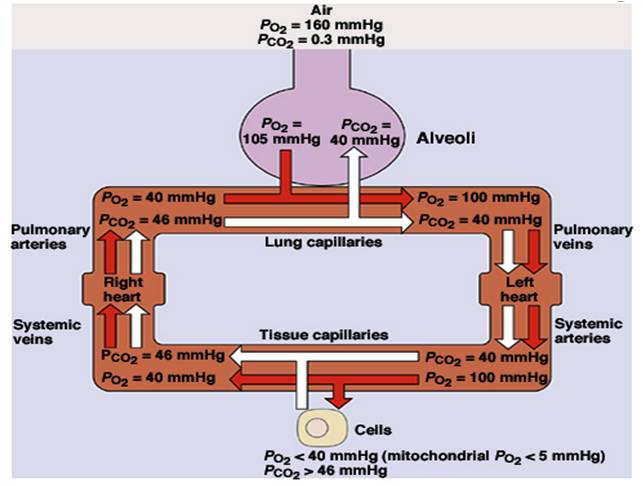Cardiopulmonary Quiz 1 Practice
- ACLS
- BLS
- ATLS
2.
You may optionally provide this to label your report, leaderboard, or certificate.
Submit
×
Thank you for your feedback!
















